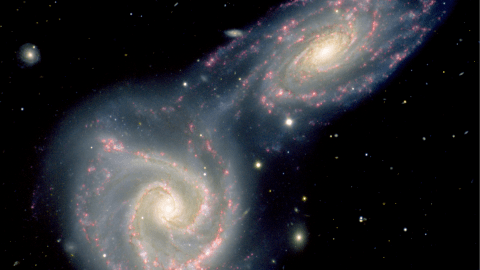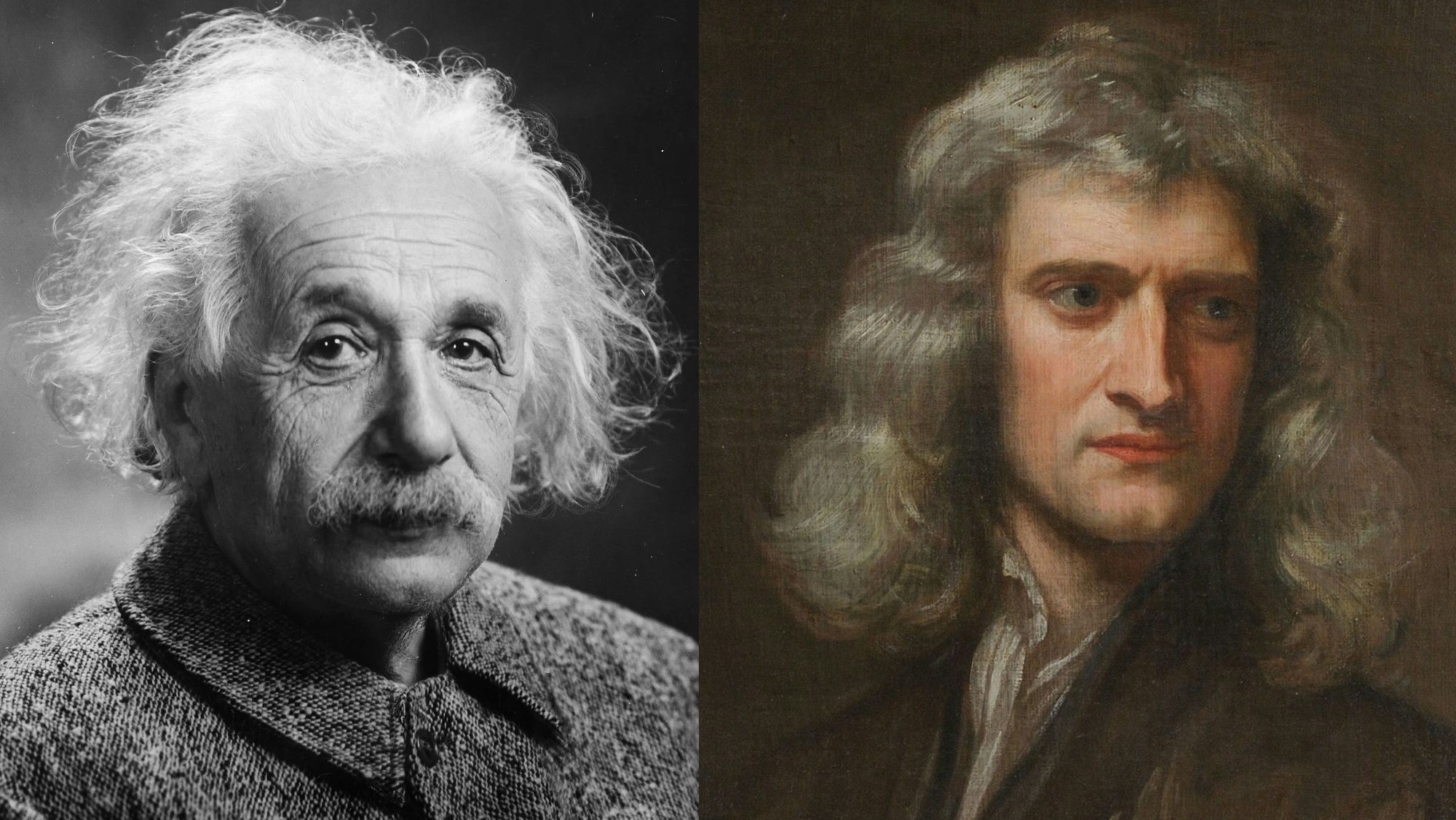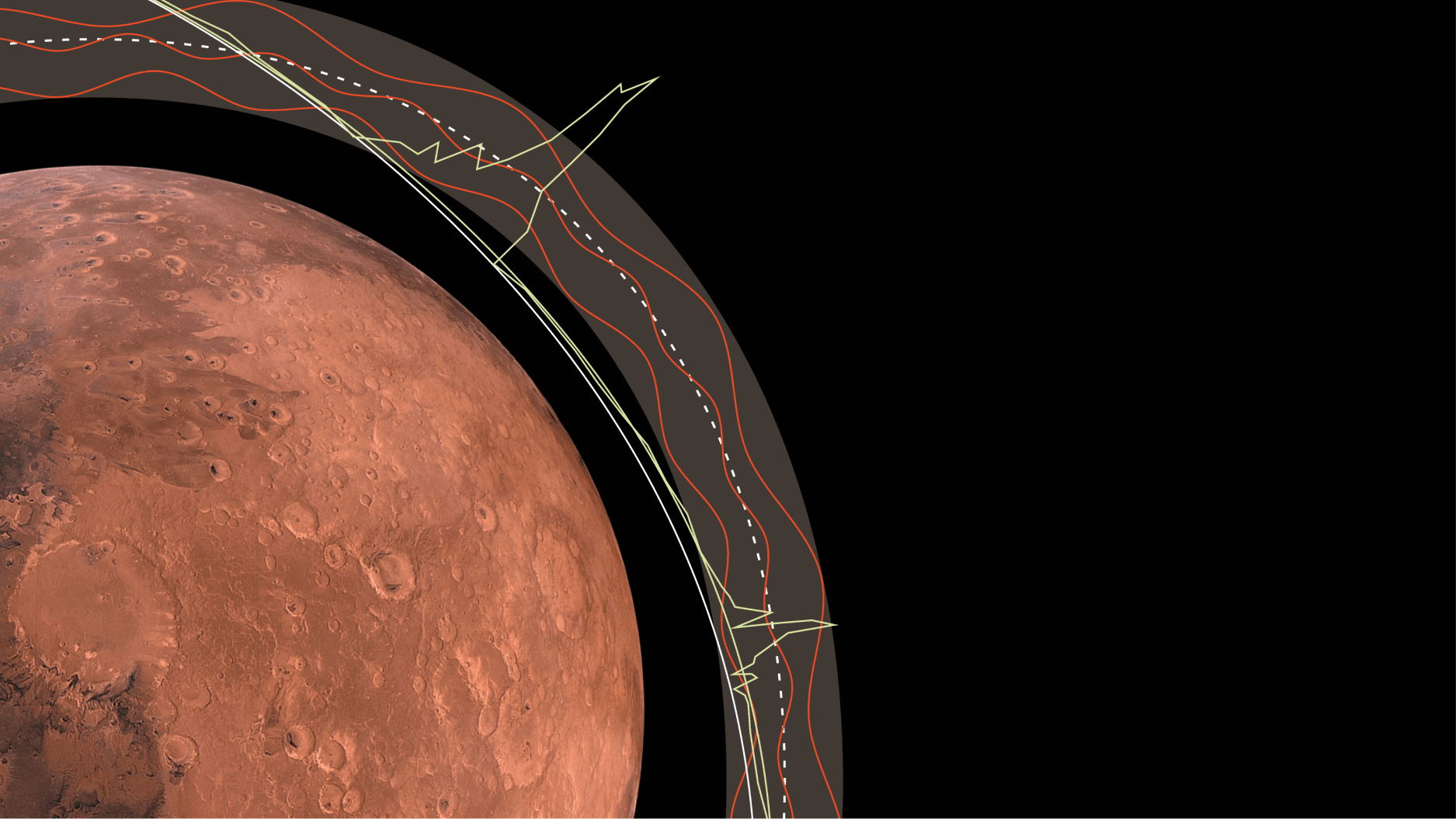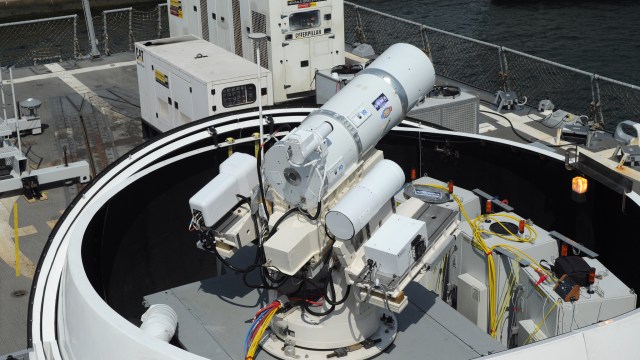Scientists Discover Fast-Moving Galaxies That May Contradict Einstein’s Theory of Gravity

A discovery of fast-moving galaxies, 10 million light years wide, may cause physicists to re-examine Einstein’s theory of relativity. A team from University of St. Andrews in Scotland found the enormous ring of galaxies speeding away from our galaxy much faster than existing physics modeling predicts. In fact, the scientists believe the galaxies are moving so quickly that they are calling this expansion “a mini Big Bang”.
Dr. Hongsheng Zhao and PhD student Indranil Banik co-authored the study, which came from investigating 54 galaxies in what’s called “the Local Group” of the Universe. The scientists explain their unexpected conclusions by proposing that at some point 7 to 11 billion years ago the neighboring Andromeda Galaxy came so close to our own Milky Way Galaxy that they created a “tsunami-like wake,” scattering smaller galaxies out of the way.
“If Einstein’s Gravity were correct, our Galaxy would never come close enough to Andromeda to scatter anything that fast,” said Dr. Zhao.
Instead, the scientists say the speeds of the galaxies support a near-miss scenario, a topic they’ve studied in previous papers.
“The high galactocentric radial velocities (GRVs) of some Local Group galaxies must have been caused by forces acting on them that our model does not account for,” write the researchers.
According to Einstein’s theory of relativity, if there was such a near-collision, the galaxies would have merged.
Why didn’t that happen? Zhao and his team think the answer might be that a big idea used by scientists to address inconsistencies with Einstein’s theory may be wrong – the proposed existence of dark matter. This hypothetical and yet unobserved substance, along with similarly theoretical dark energy might be making up 95% of the known universe. But could dark matter not exist at all or does our idea of it need to be reworked?
“Such an event only makes sense in the context of certain modified gravity theories, where galaxies lack massive dark matter halos and their associated dynamical friction in close encounters, which would otherwise cause a merger,” explain the scientists.
Another reason the scientists think the galactic near-miss sped up the galaxies they observed lies in the unusual pattern of how the galaxies are moving.
“The ring-like distribution is very peculiar. These small galaxies are like a string of raindrops flung out from a spinning umbrella. I found there is barely a 1 in 640 chance for randomly distributed galaxies to line up in the observed way. I traced their origin to a dynamical event when the Universe was only half its present age,” said Banik.
Further research is needed to prove the team’s conclusions and Dr. Zhao is applying for grants to create detailed computer simulations of the ring of galaxies and their potential origin.
You can read the research published in two papers, here in Monthly Notices of the Royal Astronomical Society, and on arXiv.org.





